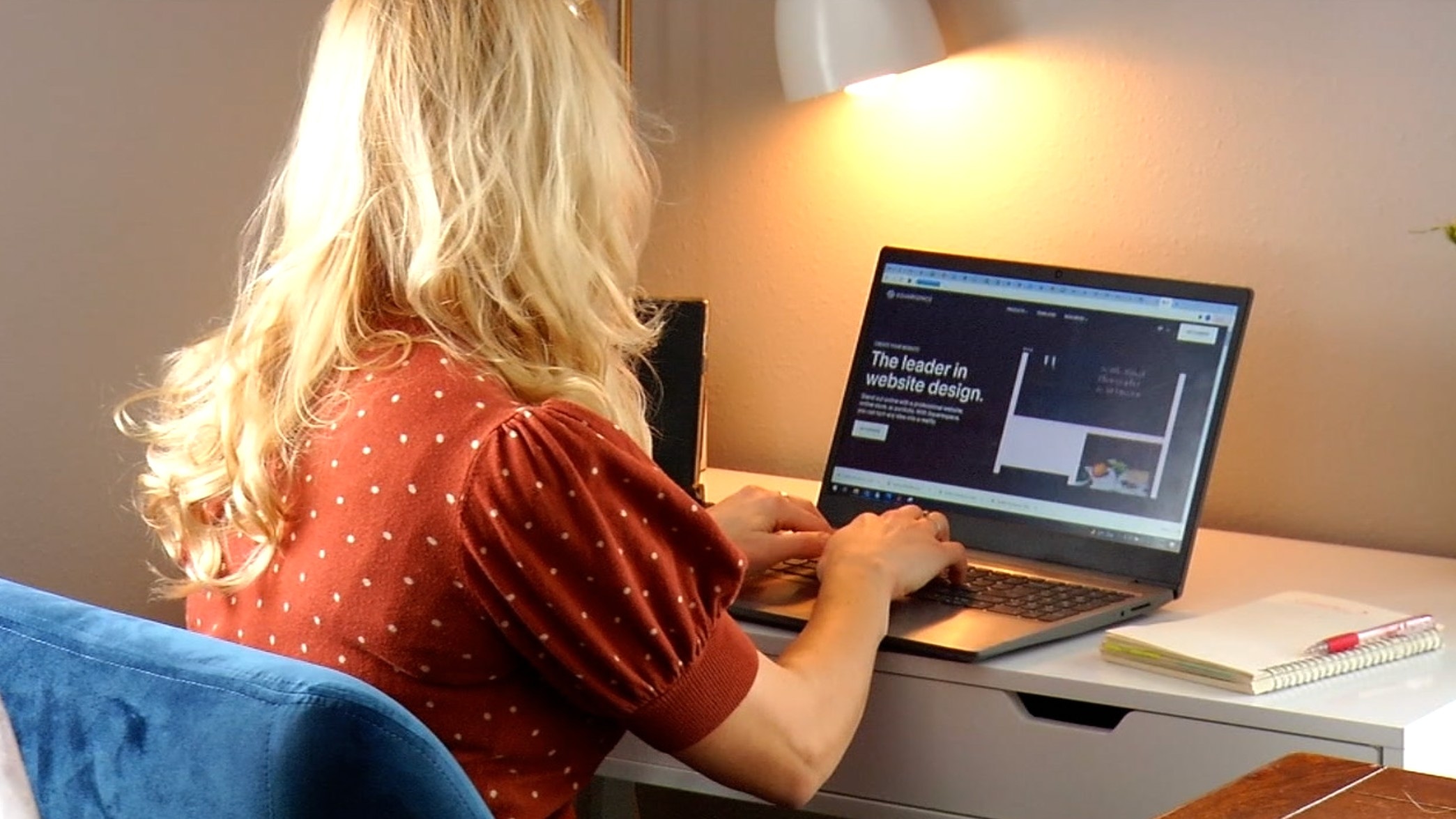Expert: Working from home can lead to ‘proximity bias’
With COVID-19 restrictions loosening as the omicron variant surge slows, businesses are once again making plans to return more workers to the office. But as some employees continue to work from home, executives need to be careful not to favor those who do choose to come back — leading to proximity bias.
Simply put, proximity bias happens when an employee is favorited over a co-worker because they work physically closer to their supervisor or manager.
With the increase of people working remotely, leading to hybrid work models, this bias is likely something many businesses have to be careful about creating.
“Proximity bias is fascinating because it’s sort of a new manifestation of an old bias,” Elizabeth Campbell, assistant professor at the University of Minnesota’s Carlson School of Management, said.
One of Campbell’s expertise is with understanding how workgroups and teams function. She says workplace biases are nothing new.
“It’s just a new form of it, given the fact that we’re returning to work,” Campbell added. “It’s a juicy and complicated context right now.”

Campbell said an important step that companies can take to avoid this is to create an even playing field for everyone. One way to do that, according to Campbell, is with how meetings are held: She said if one person has to be virtual then everyone should be virtual —despite the number of people who are working at the office.
Eagan-based Prime Therapeutics has been preparing to begin its hybrid working model by creating what it calls “Hub and Home.”
Labeled as a “flexible workplace program,” Prime Therapeutics invested in their video and audio capabilities and transformed part of their headquarters to encourage coworkers to work collaboratively, if they have to or choose to work at the “hub.”
“Bias can creep into the workplace consciously or unconsciously, very easily. And so it’s important to have a lot of self-awareness as an individual and as an organization,” Erin Feigal, Prime Therapeutic’s chief human resource officer, said.
Prime Therapeutics is not alone. Many companies will have to make some kind of adjustment.
A recent Future Forum Pulse survey of more than 10,000 workers in the U.S. and around the world shows 78% want flexibility in where they work.
Data from the Pulse also shows that people of color, women and working mothers are choosing flexible work arrangements at higher rates than their peers.
One of Prime Therapeutic’s senior directors of clinical operations, JoDee Hunter, plans to keep her commute short and work full-time from home.
“Working from home has been personally and professionally very fulfilling,” Hunter said. “A lot more than what I even had anticipated,” she added.
Hunter is aware proximity bias could happen, but isn’t worried about it impacting her role with the company. In fact, Hunter feels more connected to her peers than ever.
“We’re more intertwined in who we are as people because I’m bringing you inside my home, you’re inside my office,” Hunter added.
For those who do choose, or have to, work from home, Campbell says there are steps most can take to prevent proximity bias, including sending a weekly email about your work and insisting on having video meetings in place of phone calls when possible.
A recent study shared by the Minnesota Department of Employment and Economic Development (DEED) highlights the shift in more people being able to work from home — from 2020-2021, some work fields doubled the number of jobs that allow people to work remotely.

